IntroductionWhen the term “Answer Intelligence” comes to mind, what do you picture? Perhaps Emotional Intelligence (EQ), or Cognitive Intelligence (CQ). Both forms of intelligence have been trending in the business world since the mid-1990s. Refining one’s intelligence leads to better results and communication. Answer Intelligence (AQ) stands out because it brings out the best of these forms of intelligence in each answer. If you have EQ you can perceive, understand, and regulate your own emotions. This is great, but unless you can provide a story (an answer type) to help ease the pain of another, or a procedure (an answer-type) to deal with an abuse supervisor, EQ has no impact. Cognitive Intelligence is great, but it is only through a theory (an answer type) that intellectual horsepower is shared with others. So on and so forth, EQ and CQ impact the world through the answers we provide to others. Metaphorically, AQ is the tip of the spear, the cutting edge, and EQ and CQ are the shaft of the sphere that provide the direction and force. Without AQ, there is no cutting edge, and EQ and CQ are simply a blunt instrument with no impact upon the world. Going back to grade school, we learned a taxonomy of questions (why, why, how, when, where, who). Surprisingly, until now, there has been no taxonomy of answers types. We've been missing a framework to organize, make sense of, and use answers to influence others. For the first time, answers have their own taxonomy. AQ is a framework that incorporates question types, creating a direct link between questions and answers, and in the process reimaging what it means to effectively communicate. For example, when answers have a specialized classification system, the essence of what a question is asking can be discerned with greater accuracy. AQ streamlines the process of arriving at the best answer for each unique question. What is AQ?The components of Answer Intelligence are best represented in a circular ordering of variables. At the heart of AQ are the six answers types, three question types, and the nuance of context. The question and answer types correlate to each other. Context—the “when” and “where” of a situation—is incorporated to form the specifics of the answer. Answers are the currency of influence. Using AQ you can influence others to emotionally connect, explain and predict, and achieve results. Let’s learn how to raise your AQ using the Answer Intelligence Circle. Listed below are the basics. 6 Answer Types: Story, Theory, Concept, Metaphor, Procedure, and Action 3 Primary Question Types: Why, What, and How Context: When and Where The six answer types match up in pairs to the three question types. Story and theory pair with “Why” questions. Concept and Metaphor pair with “What” questions. Procedure and Action pair with “How” questions. Each of this six answer types (story, theory, concept, metaphor, procedure, action) are answered in context. This means that each answer must reflect the context. For example, if you are selling to a prospect, your story-answer will be different depending on the context. If you are selling to a Pharma prospect you will provide a pharma success story, if you are selling to a bank, you will will provide a bank success story. Getting the Most out of AQThe order and the combination of answers does, in fact, matter. In studying expert, 5 High AQ practices (approaches and techniques to provide answers) have emerged to distinguish those with low AQ from those with High AQ. Practice 1: Provide six answers. For each question, there is a primary answer. Understanding and crafting answers consistent with their High-quality attributes makes answers more effective. For example, action-answers should reflect best-practices and be unique (to stand out). Practice 2: Answer twice. The goal is to appeal to both the emotional and logical parts of our brain. The answer becomes more compelling. For example, "Why should I hire you?" can be answered twice with a story and theory. Practice 3: Provide complements. Adjacent answer types on the AQ Circumplex reinforces the focal answer. For example, on a sales call, a prospect may have an initial question: "what is your product?" This can be answered with a concept-answer by the sales rep, by defining the product offering. Next, the sales rep can provide a procedure-answer to anticipate a related question. In so doing, the sales rep helps a client understand what the product is and the associated question of how to use the product. Practice 4: Answer with style. We each have answer preferences. There are three answer styles: relational style (preference for story and metaphor), analytical style (preference for theory and concept), and practical style (preference for procedure and action). By understanding your own style, you can emphasize your strengths and guard against blind spots. Also, and often more importantly, it is important to understand the answer style of the individual(s) you are communicating with to feed them the answers they prefer to consume. Practice 5: Answer in context. Context is the “when” and “where” of a situation. In other words, the accuracy and effectiveness of an answer varies depending on the details found in the context. Each answer must reflect the context. Learn MoreWhen the 5 High AQ practices enter the picture, answers are purposeful and impactful. Answers are elevated. Answer Intelligence is valuable to apply in day-to-day communication, but also thrives in professional settings. Sales AQ, Interview AQ, Leadership AQ, Coaching AQ, and Training AQ are but a few applications of AQ. In fact, any important conversation can be elevated by AQ. If you found Answer Intelligence (AQ) a new and interesting framework, please share this post with others. Categories All
2 Comments
Leave a Reply. |
Access Octomono Masonry Settings
AuthorDr. Brian Glibkowski is the author of Answer Intelligence: Raise your AQ. Archives
October 2022
Categories
All
|
About AQ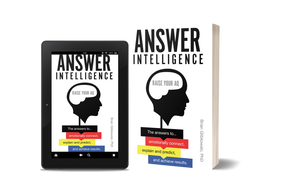
Answer Intelligence (AQ)™ is the ability to provide elevated answers to explain and predict in a complex world, emotionally connect, and achieve results. Are you conversation ready?
Meet HarperHarper's story illustrates the transformative power of AQ in her own career and in the success of her organization.
|
AQ Upskilling PlatformAI is machine thinking. AQ is human thinking (developed based on academic research) in terms of simple questions (why, what, how, when, where, who) and answers (concept, metaphor, theory, story, procedure, action) that elevate human-to-AI and human-to-human communication.
|
Quick Access LinksBuy the Book
Explore AQ (Free Assessment) AQ TEDx Video Professional Services Firms + AQ Brian Glibkowski, PhD - AQ Creator Meet Harper - Overview Video Meet Mark - Software Case Reasons You Need AQ |
Featured |

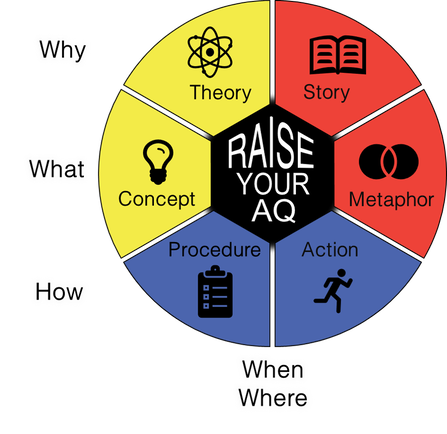
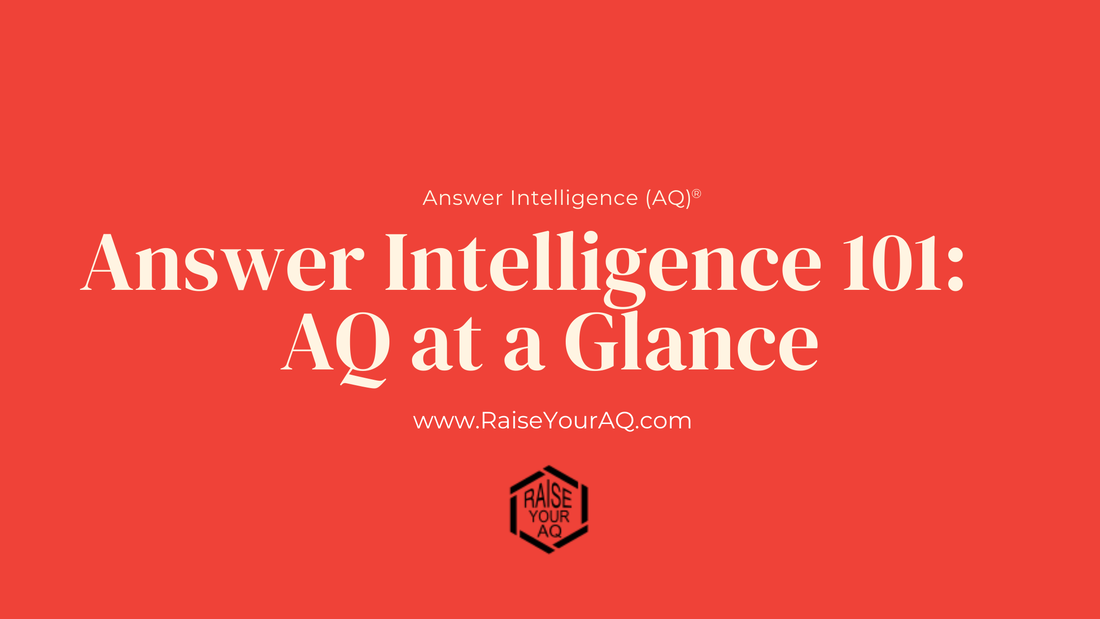
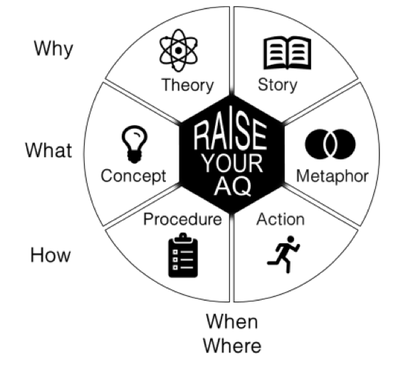
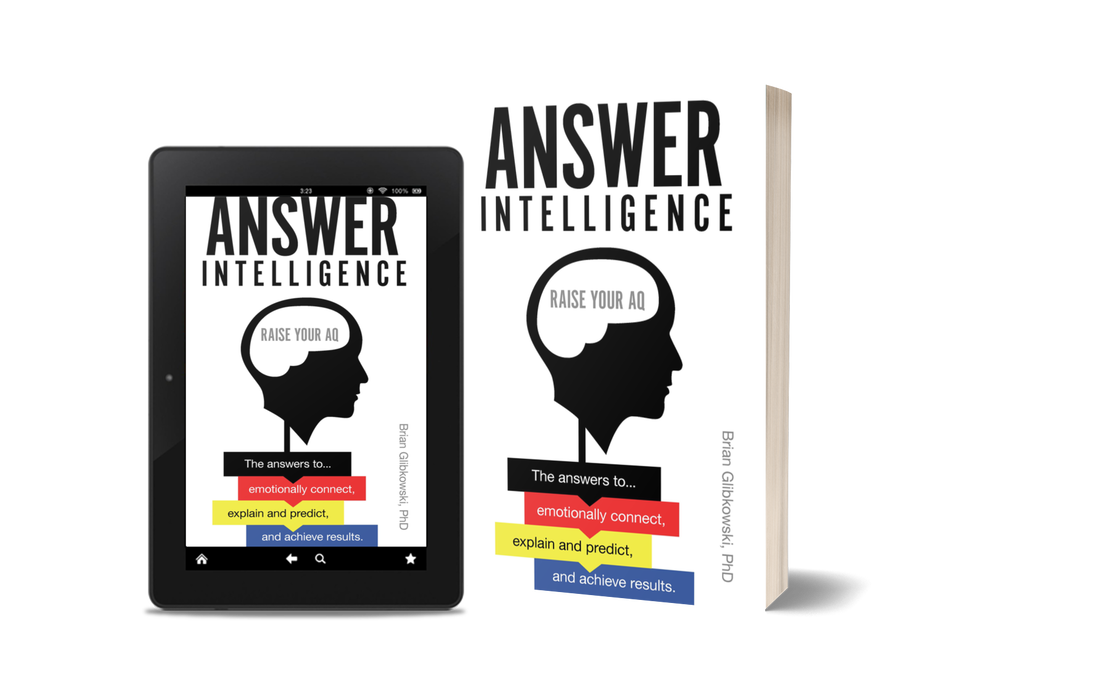
 RSS Feed
RSS Feed